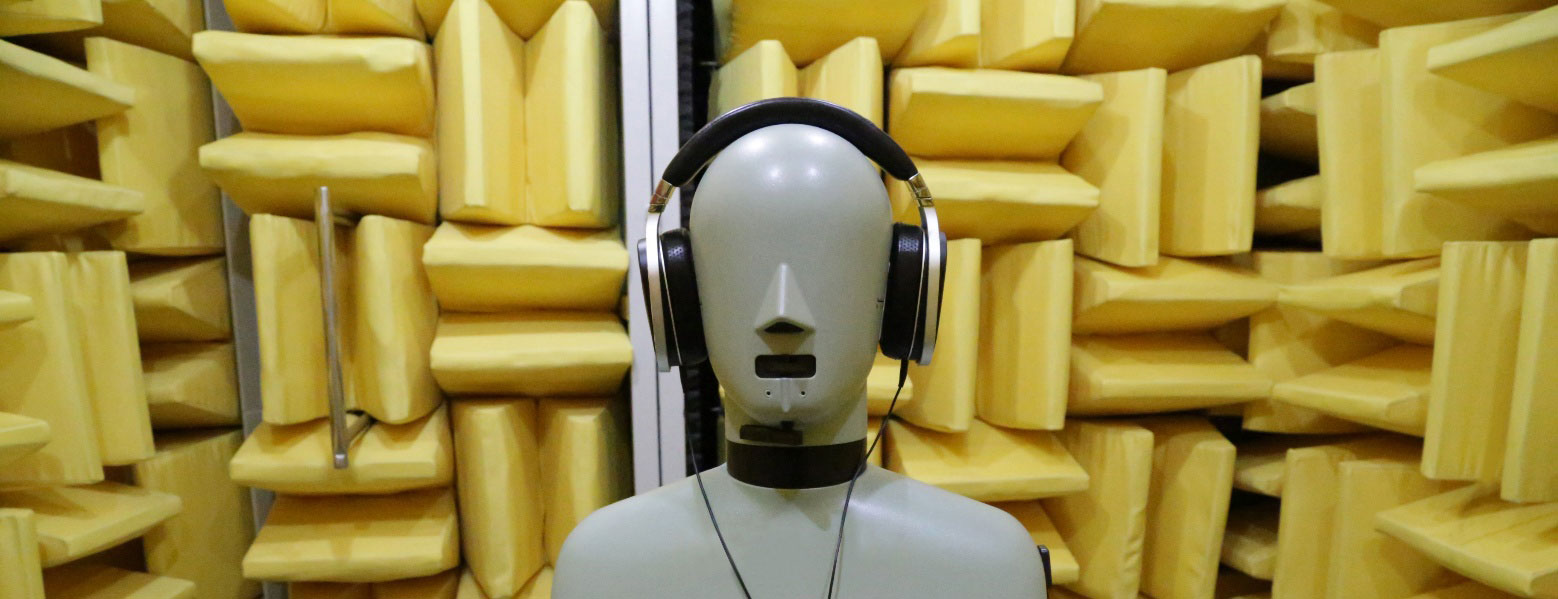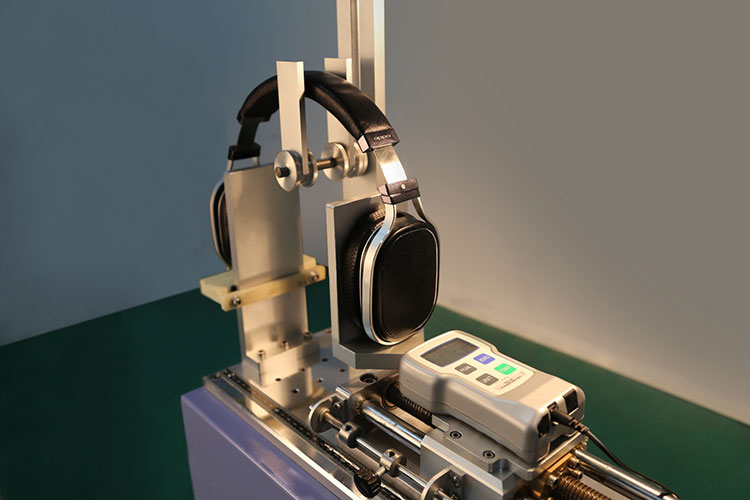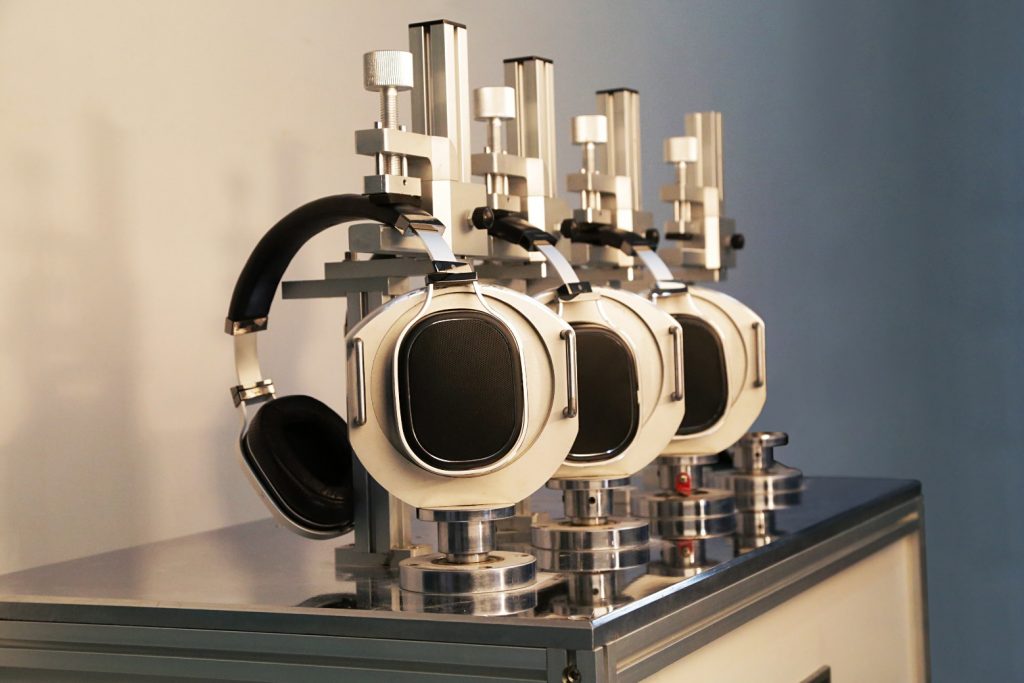Creating a brand new headphone cannot be easy, especially if the company you are working with has never brought out a headphone before. Yet if the Planar PM series from Oppo is anything to go by it would seem to be a piece of cake.
Clearly, it is not but the rapid audiophile acceptance and support for 3 models over 2 years suggests Oppo was onto something pretty good. Much of that credit has to go to the team Oppo built to make this project happen.
This stretches from the HQ in China to Chris Vick and the Oppo team in the US, Pablo, and the Philippines site, and all the way around, via Canada, to a certain Ukrainian planar ribbon specialist and all-round genius, Igor Levitsky.
It was Igor who set the ball rolling on the planar technology now deployed in the PM-1, PM-2, and the very successful portable PM-3. It was this technology that set the efficiency bar to a very high standard and brought planar sensibilities to the portable masses.
Background
Now I have met Igor a few times during the prototype testing of the Oppo PM units and we both agreed that it would be a very good idea to go out drinking talk about how the PM series planars got off the ground, the mistakes, the learning curve and maybe just find out a little more about what makes Igor tick.
Igor, I have yet to find a Wiki article on you, you seemed to have sailed below the radar in terms of fame so why don’t you give us a little bit about your background in terms of learning and work.
Marcus, the nature of my work often dictates the need for staying behind the scenes and putting my customers into the front lines. I graduated from the National Technical University in Kiev, Ukraine, with a major in acoustics and hydro-acoustics.
I started building speakers when I was 18 in a university dormitory basement. I could not choose my diploma subject since the Cold War times dictated it.
My diploma project was related to long range underwater line array sonar for detection of NATO submarines (interesting that there is a parallel here with ribbon line arrays that I have researched and designed over the past 15 years).
Luckily, I had the freedom to choose what to do after graduation, so I chose to go with my passion – audio instead of the military. I started developing planar ribbon loudspeakers and headphones right after my graduation in 1986, joining a large R&D firm in the Soviet Union.
After emigrating to the US in 1995 and then to Canada, I continued to work in the same field. I think that Lady Luck was generous in helping me continue to make a living by doing things that I am passionate about.
Over the years, I have worked with several companies developing speakers (for both consumer and professional markets) and headphones based on planar ribbon technology. These vast and unique experiences shaped my understanding of audio and sound.
Musical Emotion
We have met a few times and each time you seem to value the emotional aspect of music. You once spoke about that live feel to the music, of going to a concert and hearing it raw – is this how you want a headphone to convey audio?
Without any doubt, the ultimate metric for me is the emotional connection and feeling of being engaged, feeling present with the music.
With live performance it is not just sound that makes the impact and creates the experience, it is a combination of many other things. It is very difficult or even impossible to create the same using headphones.
We do not see performers, we have headphones on or in our ears, which is not natural, the low-frequency body effect is missing, and images are largely inside your head (unless listening to binaural recordings).
Those are very powerful factors that stand in the way of the “being there” effect. However, in my opinion, it is not about the re-creation of the same live performance effect, but rather the creation of something different, special, and transcendental. Not the same, and yet, evoking a similarly deep emotional and spiritual experience.
Partnership
Oppo is a respected electronics firm, how well do you and Oppo work together and what did you learn from each other? Did they get the “being there effect?”
I think that this is a good “marriage” if you will, a partnership. I am very happy that I have the opportunity to work with Oppo. It is a good match on many levels. Long term partnership is very important for me.
Nowadays with so many “me too” products around, developing a unique high-value product and IP takes time and special relationships based on trust and team chemistry.
Oppo has many characteristics that allow that. Its strategic mission, attitude, and business culture put product value, performance and customer satisfaction as its first priority. I like that very much.
I bring my 30 years of audio experience to the table and Oppo brings an amazing manufacturing capability and challenge for me of developing products that have incredible value for customers.
It is quite a challenge to design a product that has exceptional performance and reliability and yet somehow is still affordable for a wide range of audio enthusiasts and even folks that do not yet know how much fun a quality audio can be.
I like this kind of challenge a lot, as it stretches my brain and it is very exciting seeing ideas shaping up and things coming together. What matters for me as an engineer and brings me immense satisfaction in seeing headphones successfully marketed and sold all over the world that people can buy and enjoy for many years.
Planar Technology
Igor, why do you prefer working with planar magnetic and not dynamic headphones or electrostatics? Is this a technical or audio preference?
I started developing planar magnetic headphones and speakers in 1986. Over the years, I have learned a lot about this technology (and I’m still learning).
Even though I have developed many conventional speakers, planar technology proved to be most exciting, challenging and rewarding. For many audio applications, it is superior for reproduction of mid and high-frequency sound signals.
It sounds better than conventional dynamic transducers due to inherently lower level of distortion. The best electrostatic headphones, in my opinion, have the capability to edge out the best planar headphones in some aspects (such as resolution and transparency).
However, as I learned over the years, there is no free lunch when it comes to audio transducers.
For me, electrostats take second place when it comes to dynamic range, low frequencies, and naturalness of sound. Electrostatic headphones, with all respect to this great technology, have limited application and a rather limited customer base, in some respects. It is truly an exotic technology for both speakers and headphones.
Planar magnetic headphones have the potential to reach a much wider market and even compete with conventional dynamic technology in some segments. There are a few challenges in weight reduction and cost, but the technology is developing very fast.
For example, the Oppo PM-3 is truly the first, closed back planar magnetic headphone that is affordable and offers an extremely high level of sound quality and spectral accuracy in terms of sound balance.
It is very hard to beat the PM-3 on value when one cares about sound quality. The challenge of bringing planar magnetic technology to a wider market and the satisfaction of seeing it succeed is a very high motivational factor.
Efficiency seemed to be a key ingredient in the PM planar series. Why specifically this focus and what advantage was it for Oppo to have this type of headphone on the market in 2014?
Indeed, efficiency has been a priority for Oppo headphones. The main advantage is obvious. It is capable of being used with portable devices, either on the road or at home without the need for additional amplification.
Without a doubt, one should use dedicated amplification for the highest sound quality, but let’s face it, an overwhelming majority of people who use headphones listen to music directly out of their smartphones or tablets.
I think Oppo wants to reach that vast market, let them hear their music via better headphones, and open their ears and their minds to better audio quality. PM-1 /PM-2 are not portable headphones, but with their high sensitivity they were the first planar magnetic headphones on the market that sound great directly from a smartphone.
The PM-3 goes even further. It is the first, truly portable planar magnetic headphone that taps into an even wider market. I have seen how peoples’ faces change in surprise once they put on an Oppo headphone and listen to the same music out of their smartphones that they’ve heard before only via ear buds or typical portable cans.
There is an amazing wow effect because so much more detail and information become audible with Oppo headphones without generating listening fatigue.
This is the first step and the most critical – letting people know that much better sound quality is possible from their devices just by changing headphones. The next step for them possibly and hopefully would be adding a dedicated headphone amp, the HA-2 for example.
Planar tech is nothing new. What did you bring to the table that was new and in that respect how did you achieve the amazing efficiency of the PM range with this technology?
Planar magnetic headphones were first introduced in the mid-70s. One of the most notable was a range of Yamaha orthodynamic headphones.
When I first started developing planar magnetic headphones with my colleagues in the late 80s, we had the Yamaha YH-100 and YH-1000 (I think Sawafuji made OEM drivers for them) as our benchmark.
They sounded very good for that time but were very inefficient. I still have the YH-100 in my collection and once in a while take them out and listen to a few tunes. They had ferrite magnets and the circular diaphragm was single sided with soldered and clamped termination in the center.
They had an efficiency of about 90 dB/1mW. We developed a new concept of a double-sided diaphragm, doubling the number of conductors in the magnetic gap to increase sensitivity.
We also developed a more efficient magnetic system based on circular ring magnets. Almost two decades forward, I revisited that concept using computer simulation to optimize the magnetic system using high energy Neodymium magnets that provided a significant sensitivity boost.
The diaphragm was also redesigned for higher efficiency with a few innovative solutions to reduce distortion and increase its stability.
It is a combination of magnetic computer simulation, new magnetic materials and several breakthrough solutions related to diaphragm materials and design that allowed developing headphones like the Oppo PM series with sensitivity in the range of 100 dB/1mW and above.
What is remarkable is all of that was achieved at a very reasonable and even low (for planar magnetic headphones) overall weight which combined with sensitivity is very important for the purposes of reaching out to a wide customer base. Without a doubt, the Oppo PM-1 is a breakthrough in planar magnetic headphones.
PM-1
Would you contend that the PM-1 sound shook up the status quo a bit in terms of what a flagship headphone should sound like?
In my opinion, and reality proves it, there is no single benchmark of flagship headphone sound. There are quite a few models on the market that all deserve that status and they all have a different sound.
There is no single standard. This is the fun part of this market. Each type of headphone, even the best representatives, have their own inherent strengths but also some weaknesses.
The PM-1 had constraints with its low target weight and high sensitivity, but what we achieved with those constraints is remarkable. Not only is the PM-1 on par with the best, but it is also customer friendly.
The sound is very important, but the truth is that we did not want the PM-1 to become just a collection item for reference listening. We wanted it to become more than that, a headphone that people could use on a daily basis.
In this regard, the PM-1 has a much higher value than most competing products. Over the years, I have come up with interesting value metric that reflects the very concept that I am talking about. Maybe somebody else has also thought about this the same way, but I have not heard about it.
You need to take the headphone’s price and divide it by the number of hours that customers use it. People have many expensive toys in their life, but I think the best and most beloved ones are those that they use most often.
The PM-1 has an incredible combination of performance, ergonomics and aesthetic aspects that puts it among several headphones on the market with the best value parameter that I mentioned above.
You can actually use it every day, enjoy its non- fatiguing balanced sound and amazing comfort for a very long time and it will never break on you (well, the return rate due to technical issues is somewhere around 0.05%).
Certainly, the PM-1 felt like it hit the ground running in many of the popular hotspots for audiophiles. It also got me more curious about how exactly Oppo managed to win over a demanding crowd.
For quite a while now Oppo has benchmarked audience feedback through user groups and testing for their headphones so I wanted to explore this a bit more in the next part of the interview.
Click on Page 2 below for Oppo & a captive audience and how it is a mutual benefit.






